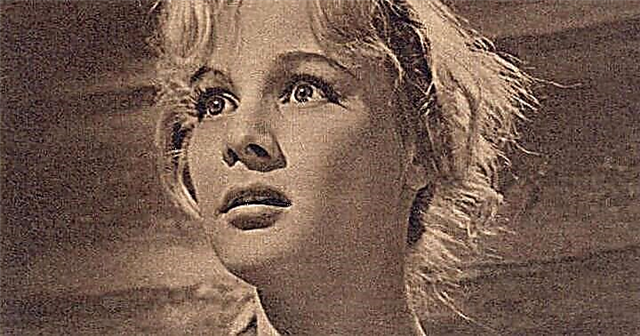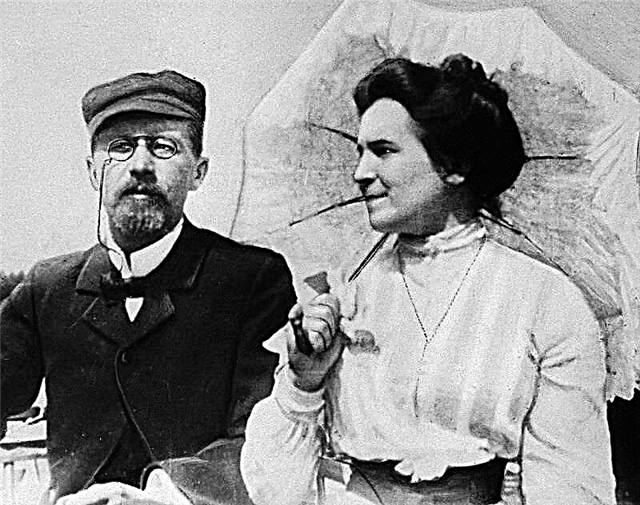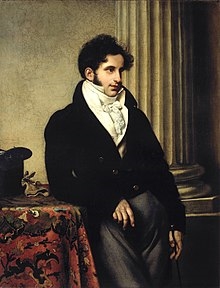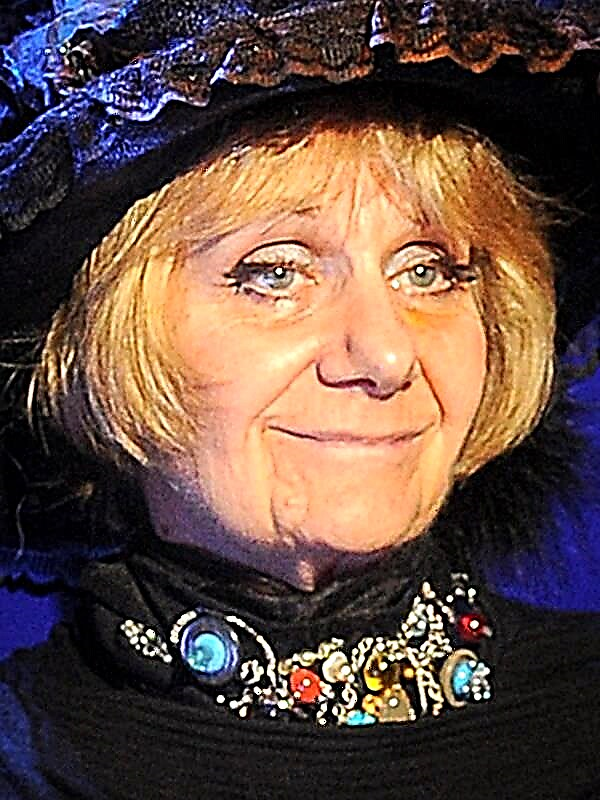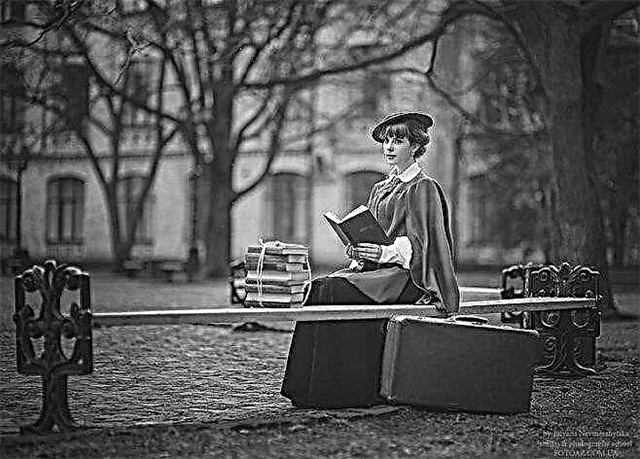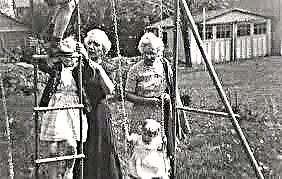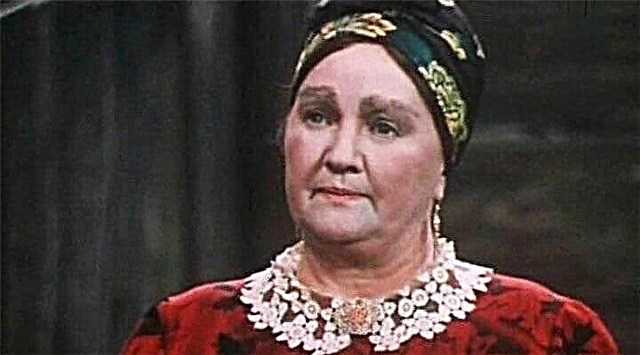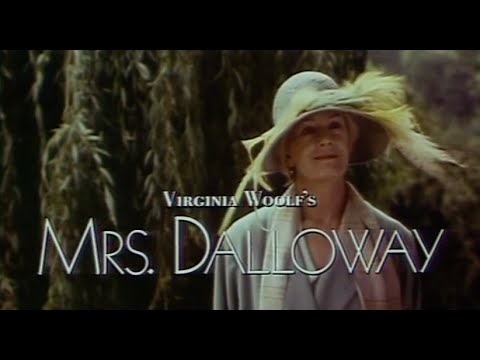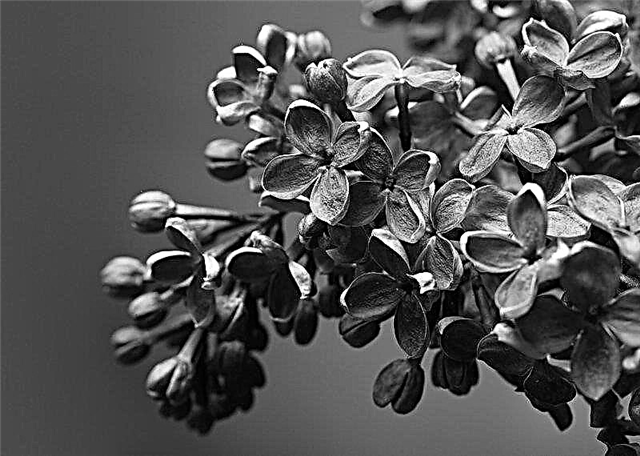It happens that a person relates to life playfully, superficially. He does not burden himself with serious thoughts about his own destiny, about the interests of those around him. However, frivolity is not always a happy outcome.
History of creation
The idea of the story "The Springbok" appeared at Chekhov in August 1891. The original story was called "The Great Man." In the second edition, the author emphasized family relations and changed the name of the work to what we know today. The story is based on a real-life love triangle: police doctor Dmitry Pavlovich Kuvshinnikov and his wife Sofya Petrovna, who was interested in various arts. But the main character, Osip Dymov, had a completely different prototype - Illarion Ivanovich Dubrovo, a famous Moscow doctor. In May 11883 they turned to the eminent doctor for help: the seventeen-year-old daughter of the nobleman Kuroedov suffered from diphtheria. To help the patient, Dubrovo used the method described in the story. As a result of the act of self-sacrifice, the doctor died after 6 days.
Not only Dymov had a prototype. The artist Ryabovsky has much in common with Chekhov's friend, the artist Isaac Levitan. Despite the efforts of the writer to disguise this relationship, Levitan was recognized and ridiculed by society, after which there was a quarrel between him and Anton Pavlovich.
Genre, direction
“The Jumper” refers to the mature period of Chekhov's work. At this time, the writer actively develops the direction of realism in his work. The most characteristic features for the author in this direction are clarity, simplicity in the expression of thought, as well as philosophical and rich issues.
Some scholars define the genre of Chekhov's short stories after the 90s as satirical short stories or short stories. “Jumper” with seeming simplicity has a rather complicated poetics. The essence of the story is such that for a long time after reading the reader remains immersed in the work, trying to decipher the explicit and hidden meanings. Such an effect refers the “Nutcracker” to the parable genre, and the dynamism and eventfulness of history makes it akin to an anecdote in its original understanding.
Essence
A young representative of bohemia Olga Ivanovna is getting married to a budding doctor Osip Dymov. The girl’s friends predict her a great future in various arts, family life goes on. In the spring Olga Ivanovna went to the cottage. There, she begins an affair with a long-time friend Ryabovsky. Upon returning, the unfaithful wife does not dare to tell about her betrayal, but those around her, including her husband, are aware of this.
Dymov tries to spend time at home as little as possible, is making great strides in science, but is infected with diphtheria. After a short illness, the Doctor dies, Olga Ivanovna remains alone.
The main characters and their characteristics
- Olga Ivanovna. The young lady led a carefree, frivolous life. The friends around her found Olga talented, but no one was able to identify a certain talent. The singer noticed her beautiful voice, the artist believed that she had successes in painting, and so on. The very same lady was gradually engaged in almost all the arts in a row.
- Osip Dymov. A noble, promising and gifted young man. He madly loved his wife, was ready to fulfill all her vagaries and forgive everything, even treason. He also saw great potential, only unlike his wife, he had a specific business and purpose, but his life was tragically cut short.
- Artist Ryabovsky - the most stereotypical and schematic figure in the story. He is fickle and lives in an instant. If by his deed he destroyed someone's life, he does not feel guilt. Serving art justifies everything in his eyes.
Themes and Issues
The main topics and problems in the story are presented in pairs in contrast to each other.
- Next to egoism is self-sacrifice. If Olga Ivanovna thinks only of entertainment, leisure, personal welfare, then Dymov takes care of his wife and patients, for whom he is ready to risk himself. Osip always tries to do everything in his power to cure the sick.
- Love is opposed to betrayal. Osip Dymov sincerely loves his wife, and it does not matter to him how they are different from each other, how they are alike. He respects her hobbies, not demanding anything in return. Olga Ivanovna was not yet capable of an equally wise and high feeling, and, succumbing to a passing passionate attraction, betrays her husband.
- The story “The Springbok” presents one of the eternal debates - science and art. Dymov admits that he does not understand operas and paintings. Olga reproaches him for this, putting music or theater more important than medicine or other knowledge.
The main idea
The basic idea of “Jumpers” is expressed in the ability to value what you have. It is no coincidence that the title of the story echoes the famous Dragonfly fable by I. A. Krylov. The main character chased the “celebrities” all the time, but she realized too late what a great person was next to her.
Olga Ivanovna dreamed of fame in art, probably dreamed of connecting life with an artist or musician. She considered marriage with Osip, who was fondly in love with her, a kind of indulgence, also a kind of self-sacrifice. Olga did not succeed in looking at her husband differently during his life - awareness came to the heroine too late. This is the tragedy and meaning of the story.
What does it teach?
The work teaches one of the most important skills necessary in life, the ability to build relationships with people. On the example of the main characters, the author shows the need for respect and mutual understanding. Chekhov's conclusion is based on his many years of life observations of the environment.
Through this work, Chekhov says that each of us needs support. If Osip felt that he was not alone and he had, for whom to live, would he then risk his life? Fatal illness in the story seems to be an ideal resolution of all the family troubles of the Dymovs. The scientific efforts of the protagonist are determined not only by talent and interest, but also by the desire to attract the attention of a wife who is so passionate about creative life. If Olga could share the joy of his success with her husband, the story would have a completely different ending and would resemble a family idyll. The moral of the work is this: it is necessary to create harmonious relationships in the family, where each person supports and appreciates relatives.


